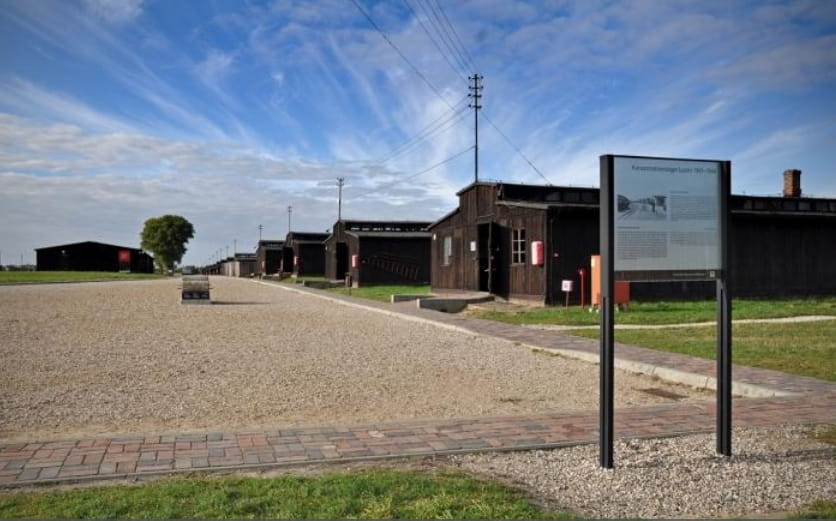Admissions Open for children aged 2.5-18
Enquire now to discover outstanding academics, inspiring teachers and a warm, caring community of learners!

We know today that the largest numbers of Jews murdered came from German-occupied Poland. For this reason, Poland has many Holocaust Memorial sites, one of which is The State Museum Majdenak, just two hours south-east of Warsaw.
The experiments carried out by Professors Stanley Milgram and Solomon Asch, himself a Polish Jew born in Warsaw are a key component of the GCSE Psychology Curriculum. Their experiments were carried out in the mid 1950’s and early 1960’s and were inspired by their desire to explore the human psychology of obedience, conformity, and de-individuation: aspects of human behavior laid bare by the holocaust.
On Wednesday 22 November 22 Year 11 GCSE Psychology students visited The State Museum Madjanek. We undertook a 2.5 hour guided tour that explored the entire site. The tour guides were extremely knowledgeable, and the students gained a great deal of information about the operation of the camp and the historical backcloth to its inception, construction and eventual liberation by Russian troops on July 23 1944.
The conduct and maturity of the students was exemplary throughout the entire tour. They distinguished themselves as a credit to the school and, most importantly, to themselves as we knew they would. The following day participating students were asked in class to reflect on their experience and it is fitting that this TBSW newsletter post concludes with a selection of these.
Dr L. Reid
Head of Psychology
----------------------------------------------------------------------------------------------------------------------
Alexia S. – Psychology Student.
“What amazed me the most was the fact that Majdanek used prisoners to get rid of the accumulating piles of bodies. Every few months people were selected to carry the dead bodies of gassed and shot prisoners and burn them. This group of people was treated like animals. They were segregated from the rest of the prisoners and had to live with the knowledge that soon it would be their bodies being set ablaze in a furnace. They were being “recycled” as if they were just objects or tools for the nazis to use in their advantage, as if they had an expiration date and had to be thrown away. They were completely stripped of their humanity and identity, given numbers to wear around their necks like dogs and given clothing that did not shield them from the cold and harsh environments they had to work in. Some had to watch hopelessly as the bodies of their friends and family were being burnt to a crisp, not daring to show any sort of reaction just to stay alive for a little longer. They had the burden of knowing the truth about the camp yet they were not able to warn the rest of the innocent people in the other sectors of Majdanek. Never again.
This is related to our psychology course in many ways. We learned about how deindividuation works and its effects, and about following orders even if you know you are harming another human being. I hope people will learn from this horrific disaster and will have more empathy for people they may not fully understand. ”
Ola K. – Psychology Student
“The trip to Majdanek had a significant impact on me and definitely caused me to reflect on many things. Overall, the trip was very interesting and engaging. It gave me many insights in the horrific acts made by a human to another human. I learned about some of the few specific people that operated in the camp (Heinrich Himmler - SS and police commander in the Lublin district). We got to see a shocking exhibition of some of the personal items of the prisoners, which deeply impacted me. I think that the trip relates very well to the course, because it shows how far peoples obedience can go and the unimaginable acts that were committed”.